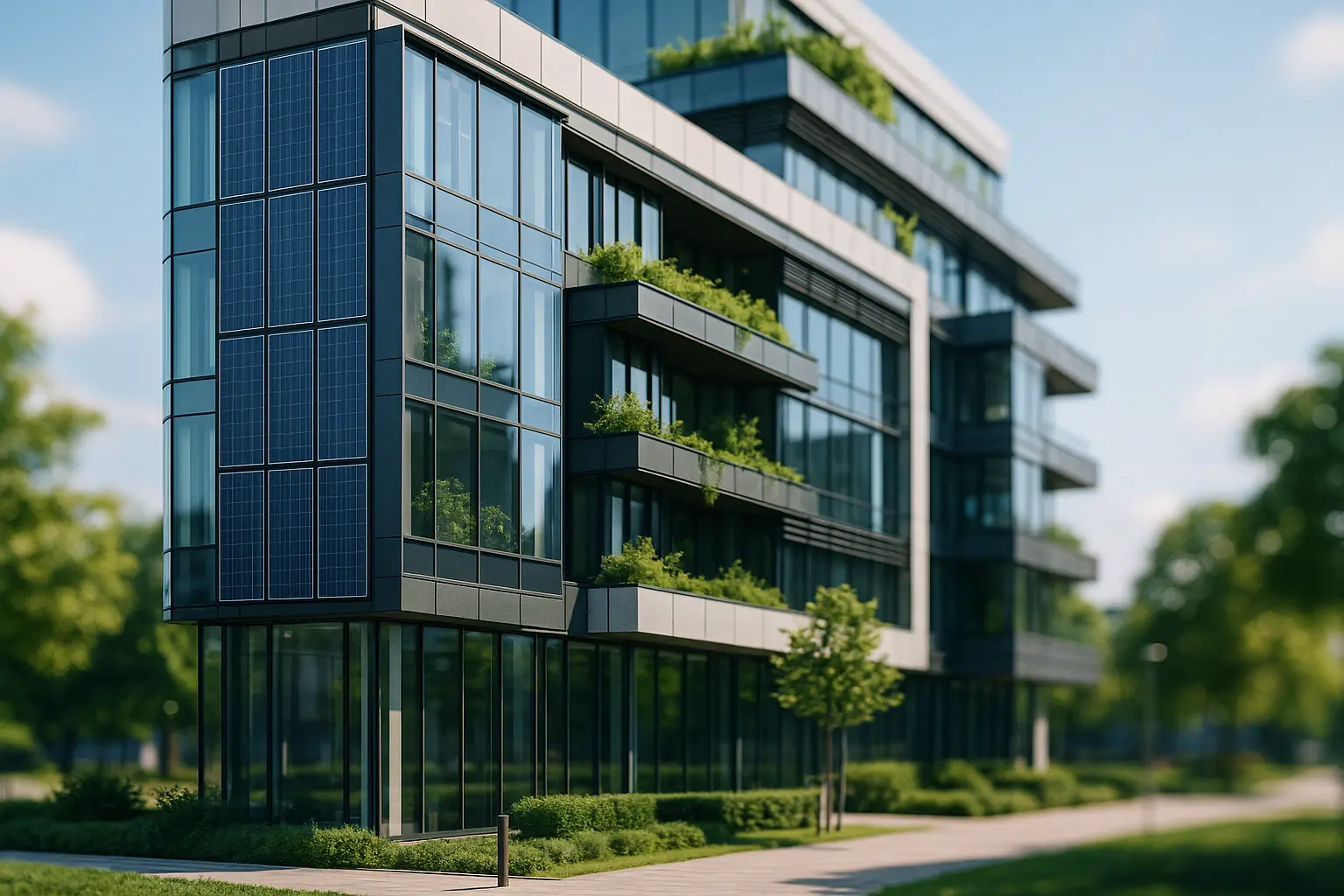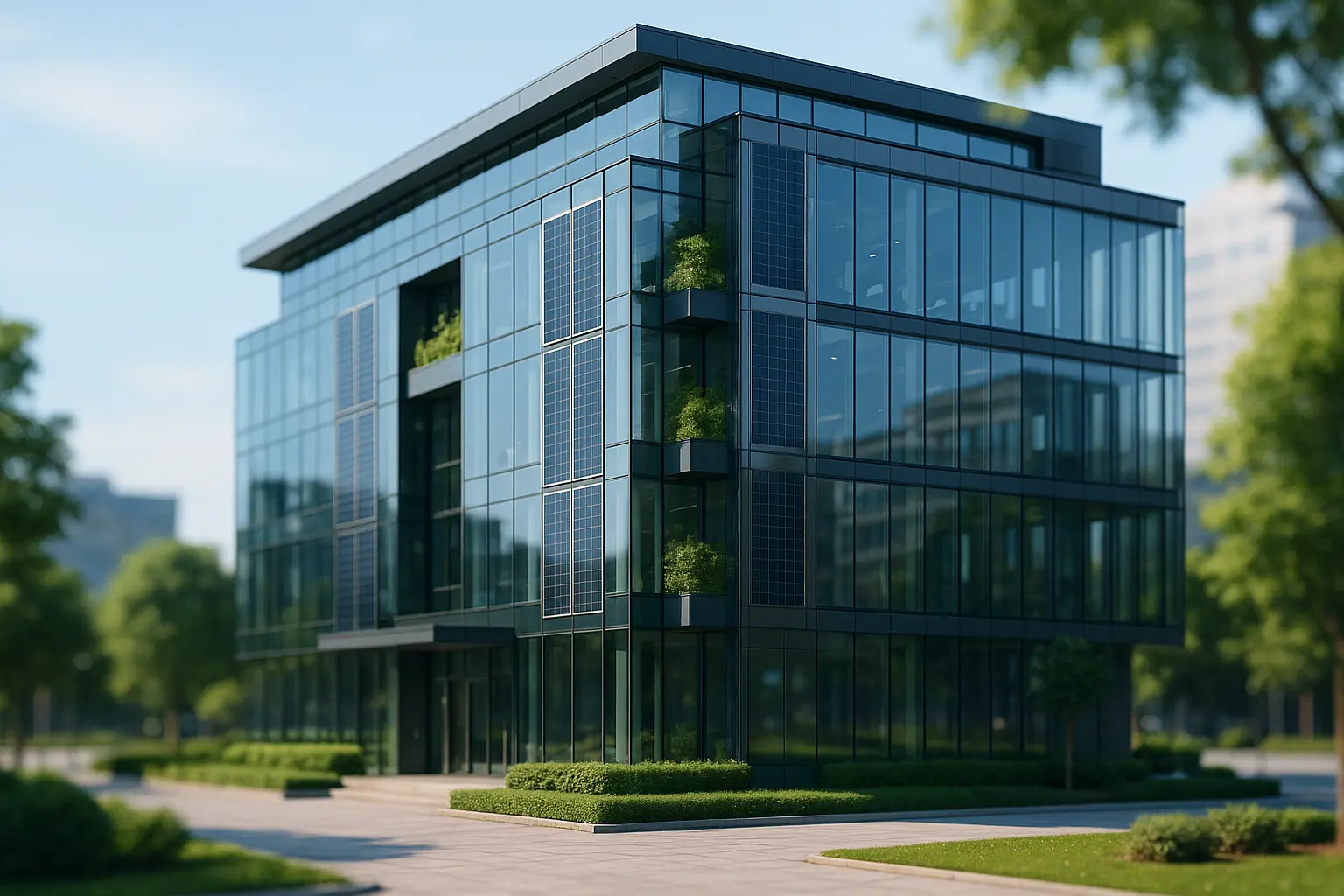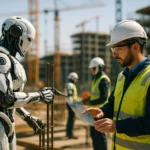In a world where technology drives every facet of our lives, the concept of smart buildings is revolutionizing our living and working environments. As we stand at the intersection of innovation and sustainability, it’s worth exploring how these intelligent structures promise to reshape our urban landscapes. Smart buildings are not merely constructions but ecosystems—integrating energy-efficient systems, data-driven management, and IoT technologies aimed at enhancing the overall efficiency and security of our urban life.
From leveraging advanced analytics to optimize energy consumption to ensuring sustainable construction, the potential of smart buildings is monumental. But how exactly are they redefining the future? Let’s delve into this dynamic transformation.
Harnessing the Power of Data
In the realm of smart buildings, data is the fuel that drives innovation. Imagine walking into a building where the lighting adjusts automatically based on the weather, or the HVAC systems fine-tune themselves to improve air quality while conserving energy. This is made possible through the seamless integration of sensors and analytics.
Smart buildings harness vast amounts of data from various interconnected systems. These systems communicate with each other, providing real-time insights into the building’s operations. With data analytics, we can predict maintenance needs, reduce downtime, and optimize resource allocation. The implications of these capabilities are profound, impacting everything from energy consumption to operational efficiency.
Moreover, the data collected isn’t just about operations. It’s about understanding human behavior within these spaces. How do people interact with their surroundings? What changes need to be made to enhance their experience? By leveraging data, smart buildings offer a more personalized experience, ensuring comfort while maximizing efficiency. This is the future of urban living, where buildings adapt to our needs, not the other way around.
The Role of IoT in Smart Buildings
The Internet of Things (IoT) is a critical player in the evolution of smart buildings. By creating an interconnected network of devices, IoT transforms conventional structures into responsive, efficient environments.
With IoT, everything from lighting systems to security cameras can communicate, share data, and make autonomous decisions. This capability revolutionizes building management, offering unprecedented control over energy use, security, and maintenance. For instance, IoT-enabled HVAC systems can adjust temperatures based on occupancy, time of day, or even outside weather conditions, significantly enhancing energy efficiency.
Beyond operations, IoT plays a pivotal role in ensuring the security of smart buildings. Advanced security systems can monitor entrances, detect unusual activity, and alert relevant personnel in real time. This proactive approach to security not only ensures safety but also enhances the building’s overall functionality. As we move forward, the integration of IoT in smart buildings will become the norm rather than the exception.

Sustainability and Smart Construction
As the world grapples with the challenges of climate change, the call for sustainable construction is more pressing than ever. Smart buildings answer this call by incorporating eco-friendly technologies and practices from the ground up.
These structures are designed to minimize their environmental footprint while maximizing resource efficiency. From solar panels to low-energy lighting, smart buildings employ a variety of sustainable technologies. But it’s not just about the materials used; it’s about how these buildings function daily.
With a focus on water conservation, waste management, and energy efficiency, smart buildings are at the forefront of sustainable urban development. They are not just energy consumers; they are energy producers, often generating surplus renewable energy that can be fed back into the grid.
Moreover, sustainable smart buildings are part of the larger vision of developing sustainable cities. By reducing their carbon footprint and promoting sustainable practices, they pave the way for a greener, more resilient future.
Innovative Urban Operations
The integration of smart technologies into urban planning is transforming city operations, making them more efficient and responsive. Smart buildings play a crucial role in this urban renaissance, acting as nodes of innovation within smart cities.
By synchronizing with city infrastructure, smart buildings enable seamless data exchange, enhancing the overall functionality of urban spaces. For instance, real-time data on energy consumption patterns can help city planners optimize energy distribution and reduce peak load stress on city grids.
Furthermore, smart buildings contribute to better traffic management and public safety. By analyzing data from various sensors and systems, cities can respond proactively to potential issues, such as rerouting traffic in case of congestion or dispatching emergency services more efficiently.
As city dwellers, we benefit from a more connected, efficient, and sustainable urban environment. The evolution of smart buildings marks a significant milestone in this journey, bridging the gap between technology and urban development.
As we look toward the future, smart buildings stand as beacons of innovation and sustainability, guiding us to a more intelligent and eco-friendly way of life. With their data-driven operations, IoT integration, and sustainable construction, they are shaping the cities of tomorrow.
The transformation propelled by smart buildings is not just about enhancing the efficiency of urban operations but about redefining our relationship with the environment. By embracing cutting-edge technologies, we step into a future where buildings are more than structures; they are living entities, intricately woven into the fabric of our modern lives.
As we navigate the complexities of urban development, it is clear that smart buildings are not just part of the solution—they are the way forward, heralding a new era of sustainable, efficient, and resilient urban living.
FAQ
What defines a smart building and how does it differ from traditional structures?
A smart building integrates advanced technologies and systems to enhance efficiency, comfort, and sustainability. Unlike traditional buildings, smart structures utilize sensors, IoT (Internet of Things) devices, and automated systems to manage lighting, climate control, security, and other operations seamlessly.
How can smart buildings contribute to energy efficiency?
Smart buildings optimize energy usage through real-time monitoring and adaptive systems. They adjust heating, cooling, and lighting based on occupancy and weather conditions, significantly reducing energy consumption and lowering utility costs. Additionally, smart grids and renewable energy sources can be integrated to further enhance efficiency.
In what ways do smart buildings improve security and safety?
Smart buildings enhance security and safety through advanced surveillance systems, automated access controls, and emergency response protocols. Real-time monitoring and AI analytics identify potential threats, while automated alerts and systems ensure prompt responses to incidents, providing a safer environment for occupants.
What role does artificial intelligence play in the management of smart buildings?
AI in smart buildings facilitates predictive maintenance, energy optimization, and enhanced user experiences. By analyzing data from various sensors and systems, AI algorithms can predict equipment failures, optimize resource allocation, and personalize environmental settings to improve overall building efficiency and occupant satisfaction.
How are smart buildings influencing the future of urban development?
Smart buildings are reshaping urban development by promoting sustainable and resilient infrastructure. They contribute to the creation of smart cities, where interconnected systems enhance resource management, reduce environmental impact, and improve quality of life. As urban populations grow, smart buildings offer scalable solutions to meet increasing demands efficiently.



